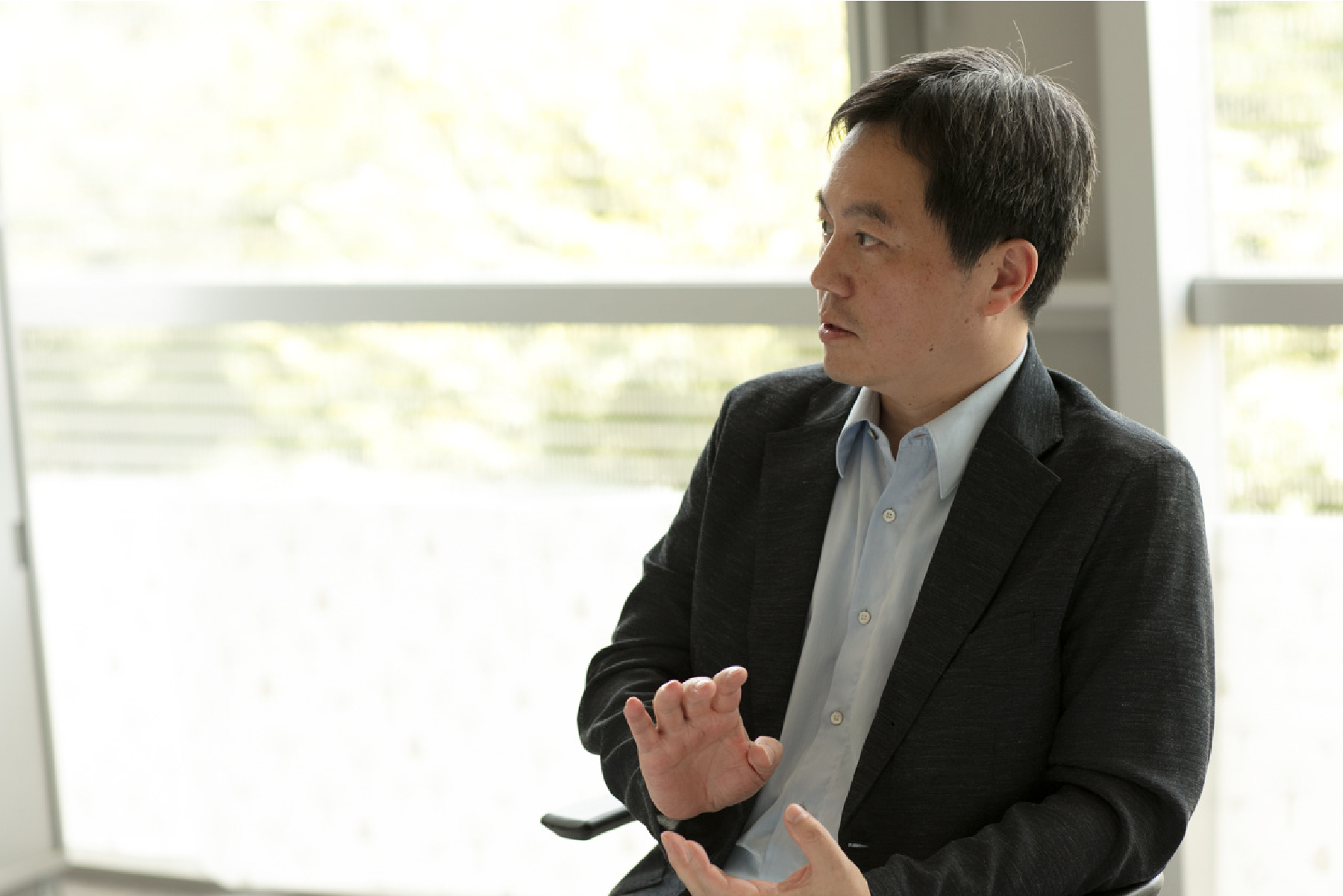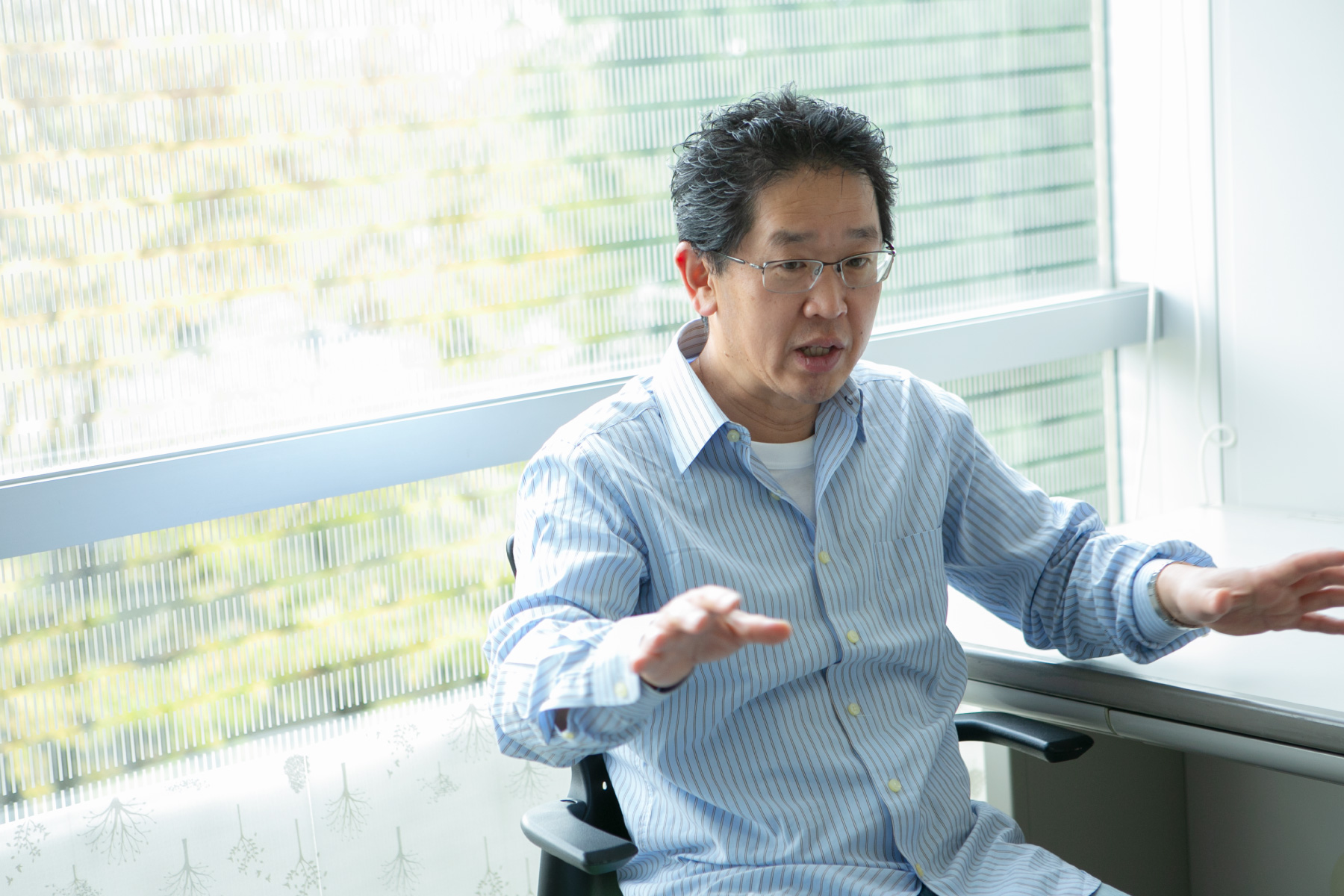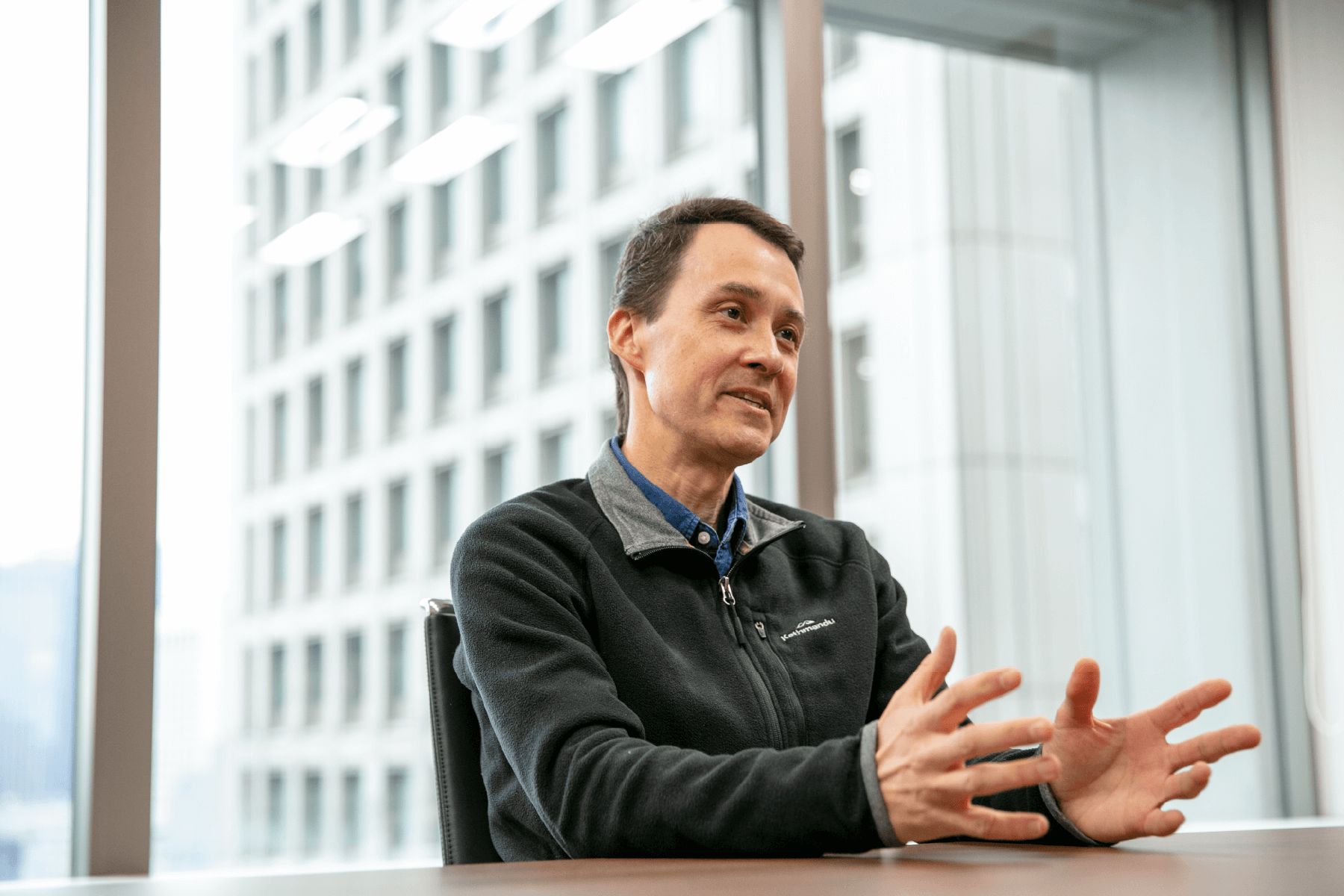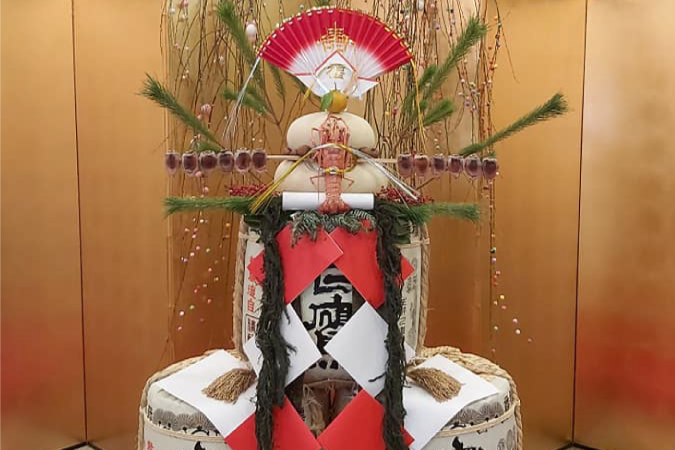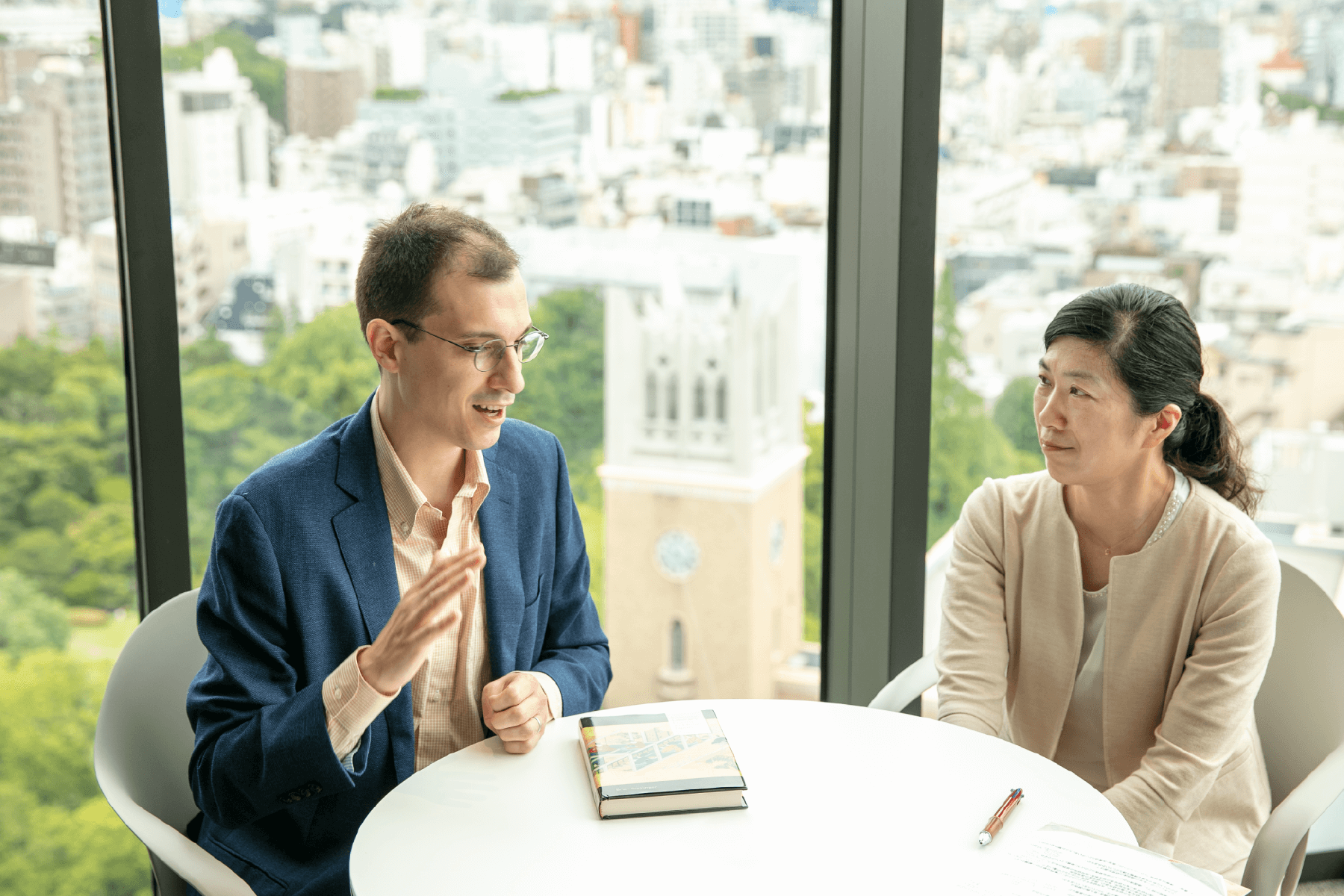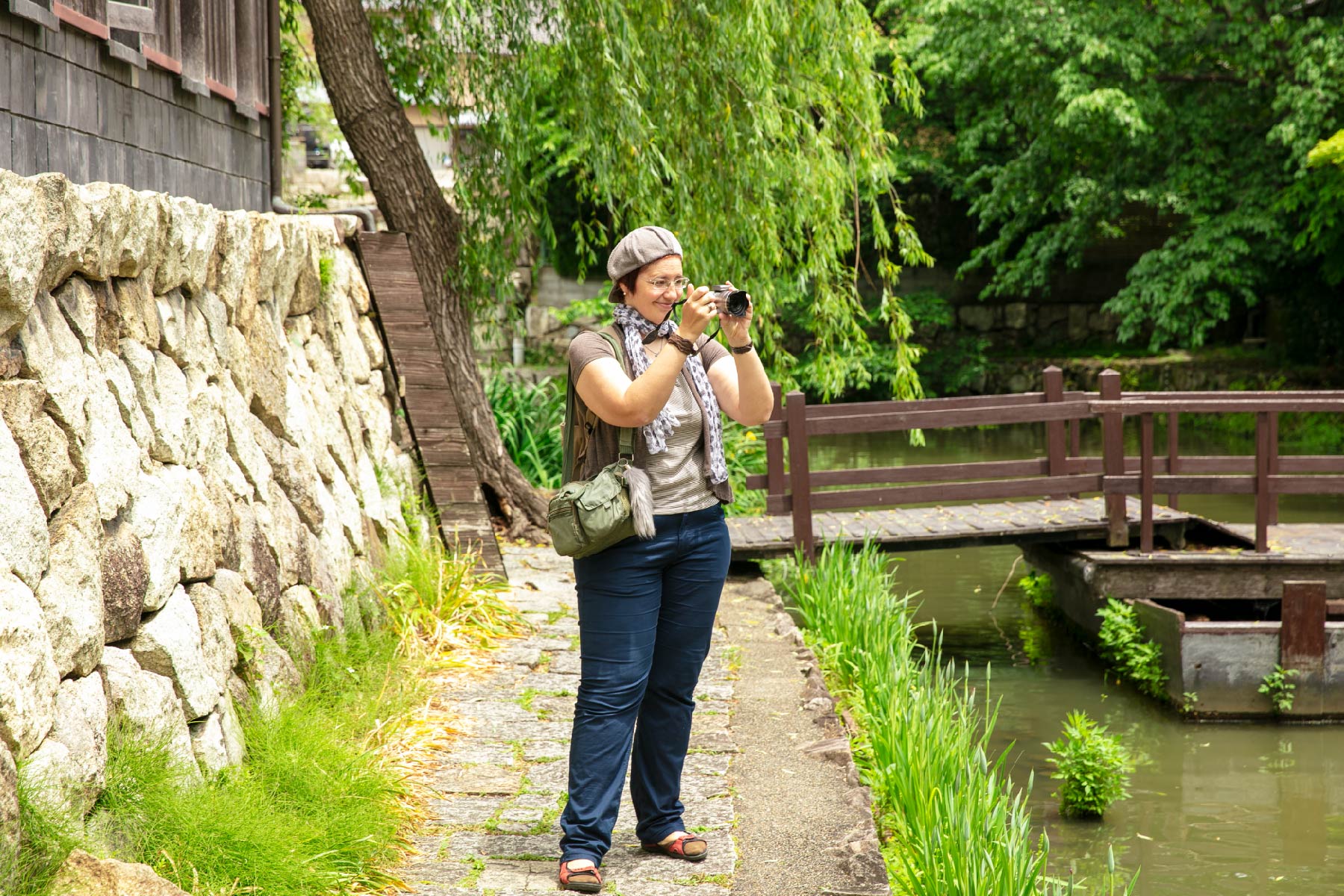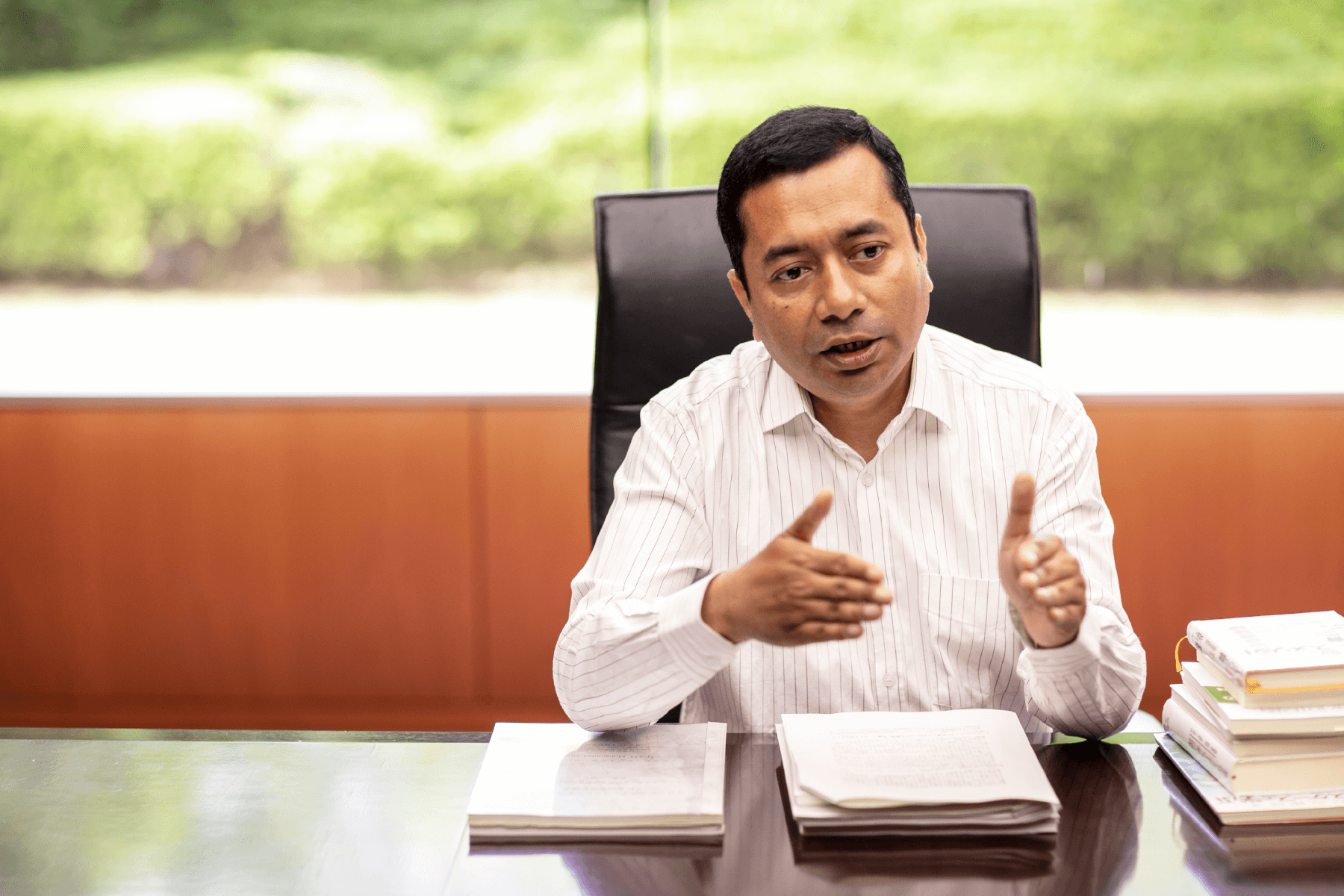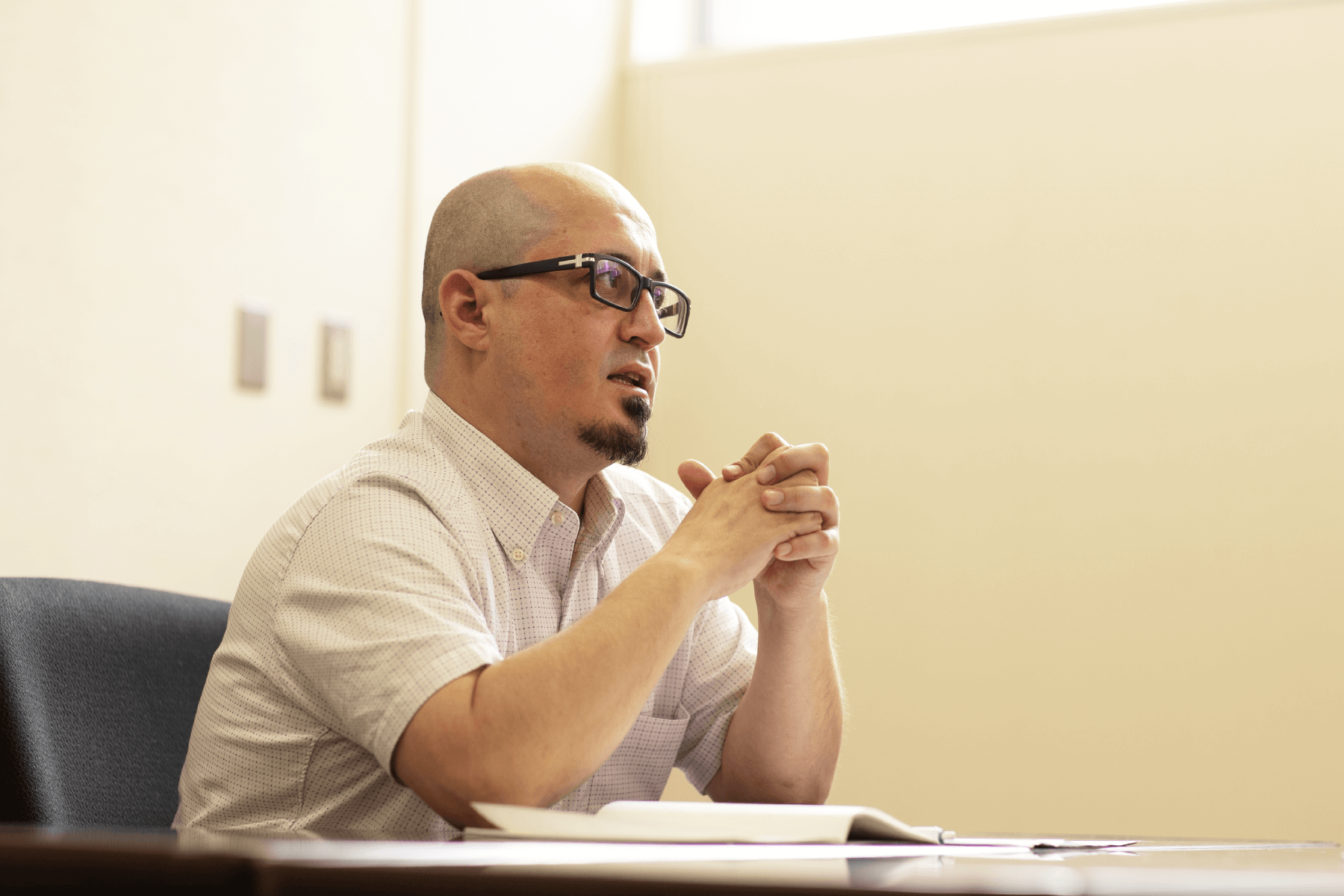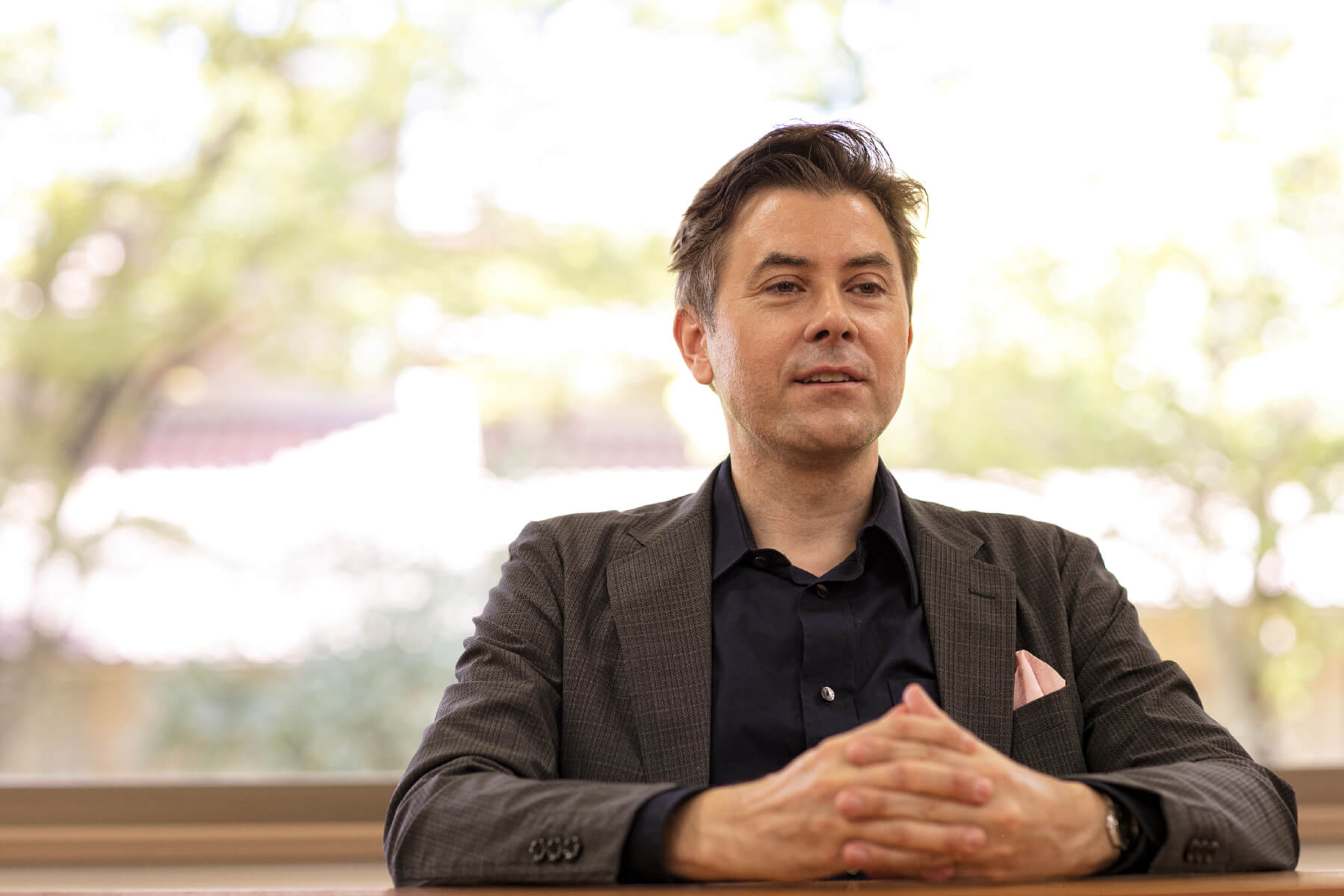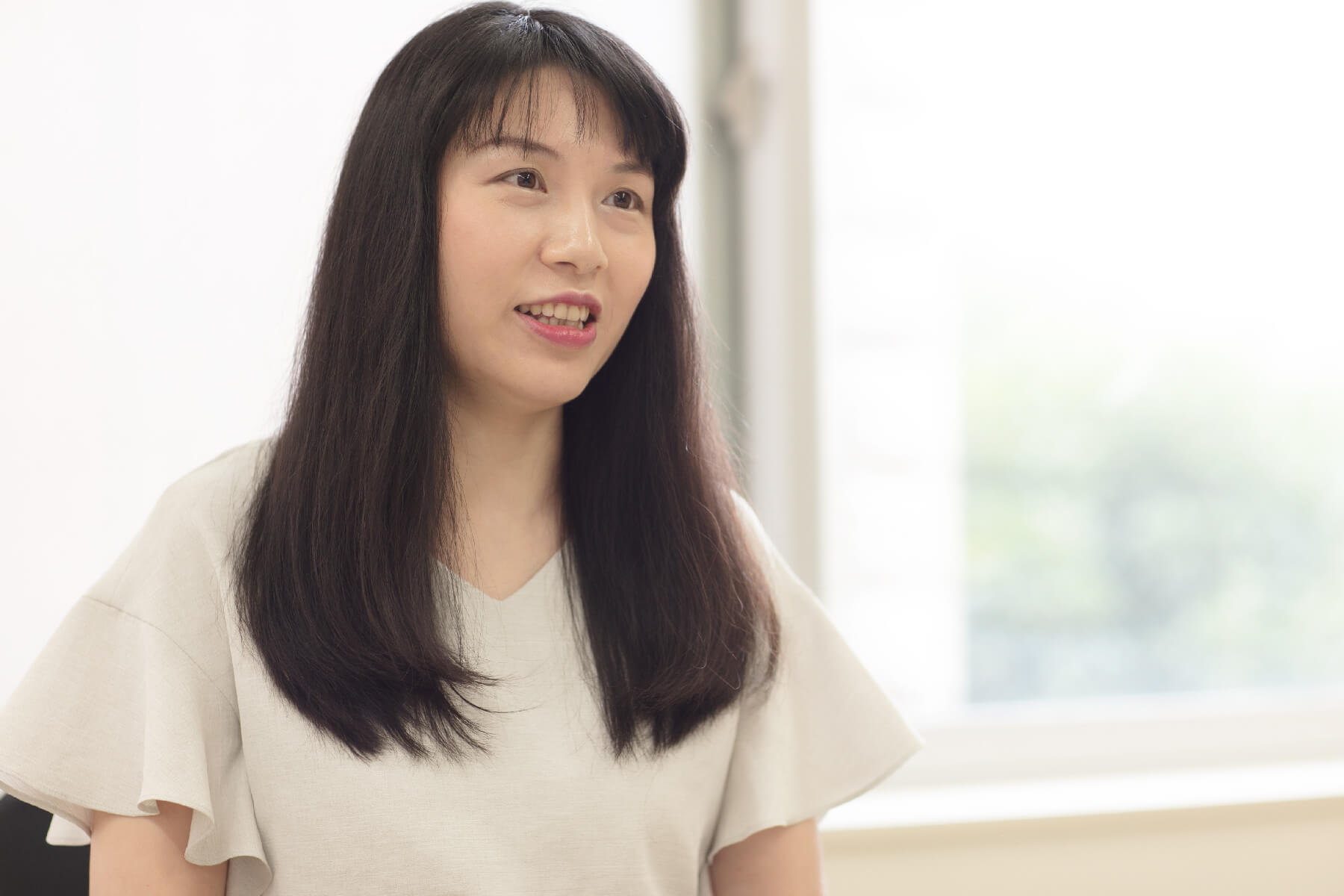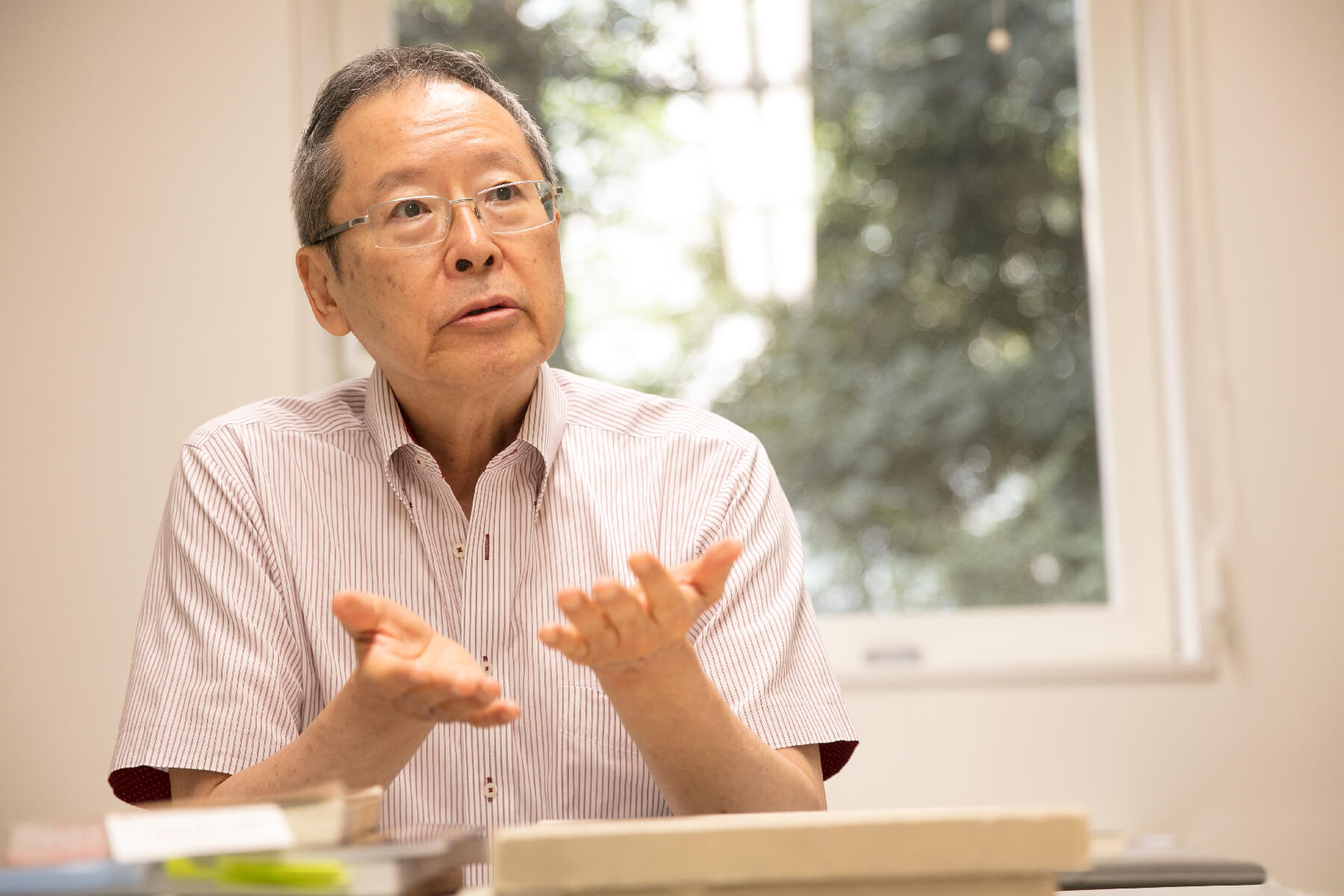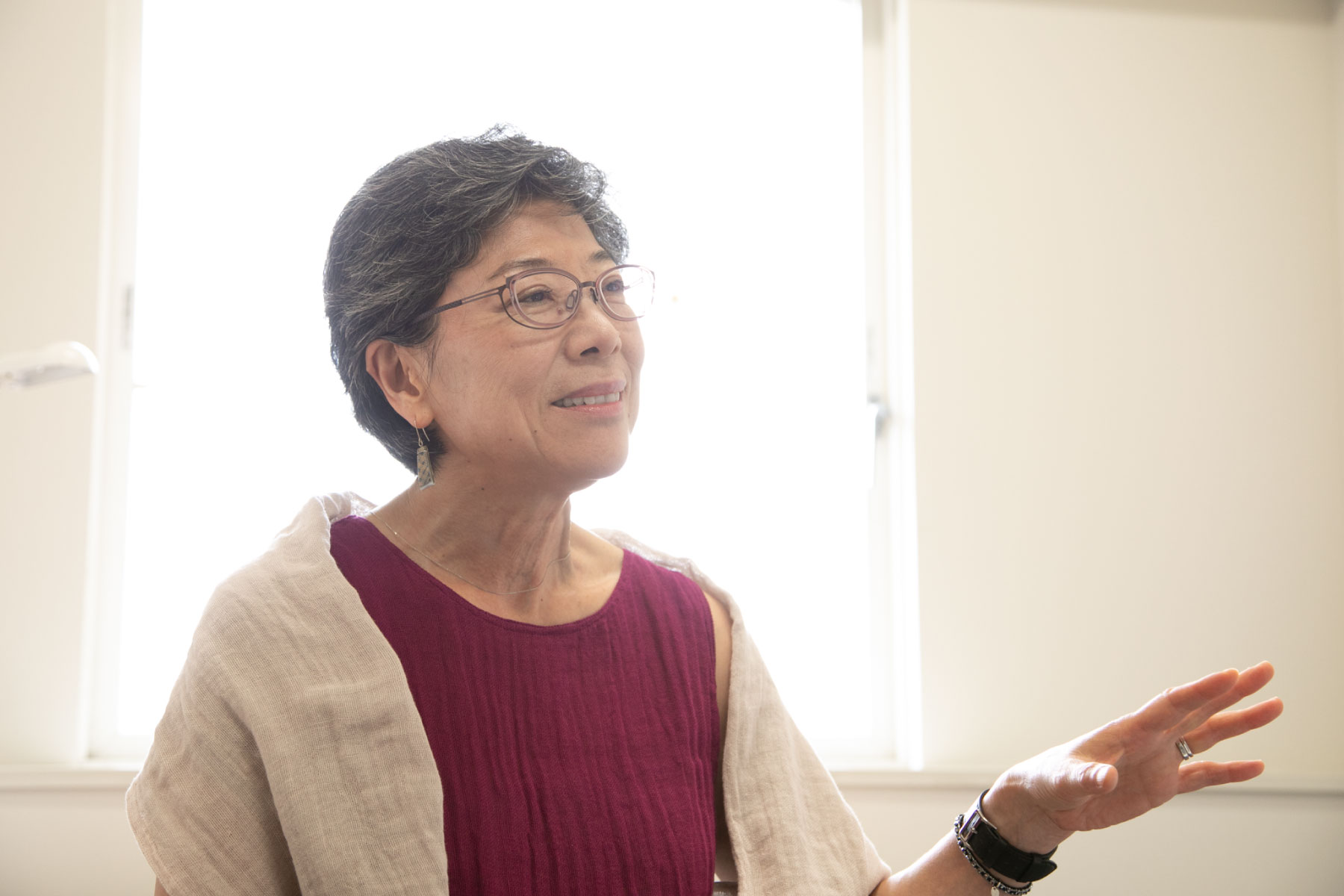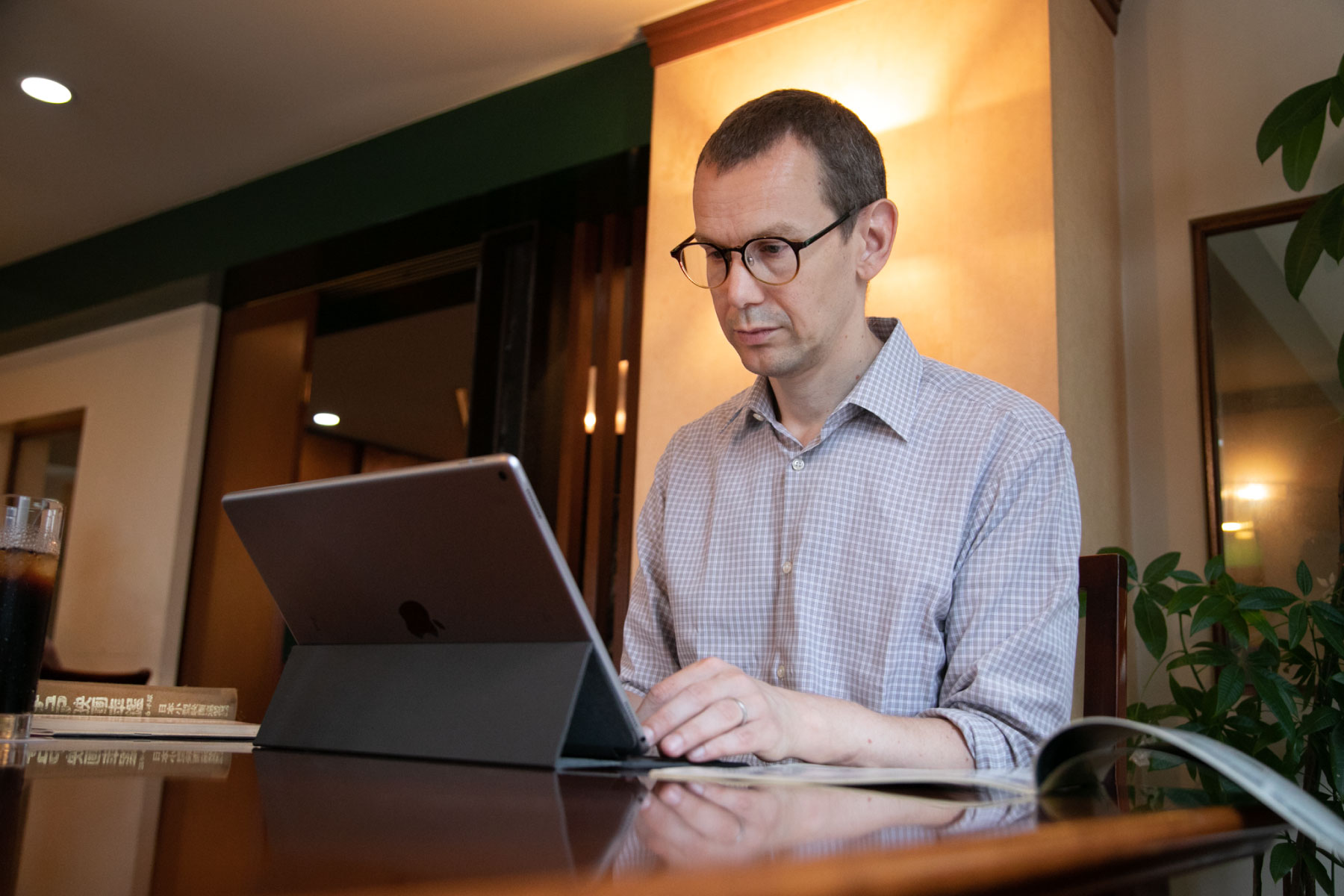What is the ideal grammar for foreign students of Japanese?
Why did you want to study the topic of “Japanese pedagogical grammar”?
I have three positions. I am first a Japanese-language learner, but I am also a Japanese-language instructor and a Japanese language researcher.
I have been involved in each for around twenty or thirty years. As time went by, I came to feel strongly that there is a mismatch in the content handled by each of these three positions. In other words, the grammar that the student needs, the grammar that the instructor teaches, and the grammar that the researcher considers are different.
There are times when I am studying Japanese that I think, “I should use this grammar at this time.” At such times, I understand which grammar I should use in the situation I am in. However, when I am teaching Japanese grammar in the classroom, I almost always teach by separating such real situations and context.
As I was teaching Japanese to students as an instructor, I started to think about what an ideal, easily comprehensible grammar for Japanese learners might look like. Eventually I came across the keywords “Japanese pedagogical grammar.”
Is it grammar for acquiring the ability to actually speak Japanese?
Not just speaking. It is grammar for “hearing,” “speaking,” “reading,” and “writing.”
General Japanese grammar is the study of Japanese in itself. It is grammar by people who can already “use” Japanese, primarily people whose native language is Japanese. When I taught Japanese previously, I taught based on this general Japanese grammar. But what learners really need is grammar that better envisions the situations and contexts in which Japanese is actually used.
For example, there is the part of speech “…te ikitai.” This is the te-ikitai of “ganbatte ikitai” and “nakayoku shite ikitai.” We often use it when introducing ourselves. Like when we say “Kore kara mo mina-san to issho-ni ganbatte ikitai to omoimasu.” We often hear baseball players say this when interviewed after performing well in a game. I might even use it at the end of this interview. (Laughs).
I thought that if I am going to teach grammar with the aim of helping students engage in specific linguistic activities, then I must do so by also considering such situations and contexts.
Did conducting research in Japan lead to any discoveries or results?
I think the time was very fruitful.
“Japanese pedagogical grammar” came to be advocated from 2003. Now various approaches for studying it are being explored. Before coming to Japan, I was thinking of exploring directions for Japanese pedagogical grammar from a “context-focused” standpoint. I wanted to approach it in this way in part because I specialized in writing and discourse. Then I came here and realized that there are means, ways of thinking, and research methods for achieving this aim that differ from what I was thinking. Now my view has broadened and I am bringing my research together under the concept of “linguistic knowledge for command.” This is an important direction that came apparent to me through my research here.
I am now at the age when I must lead Japanese-language education in Taiwan, so finding a major theme that will connect to the future is an important outcome.
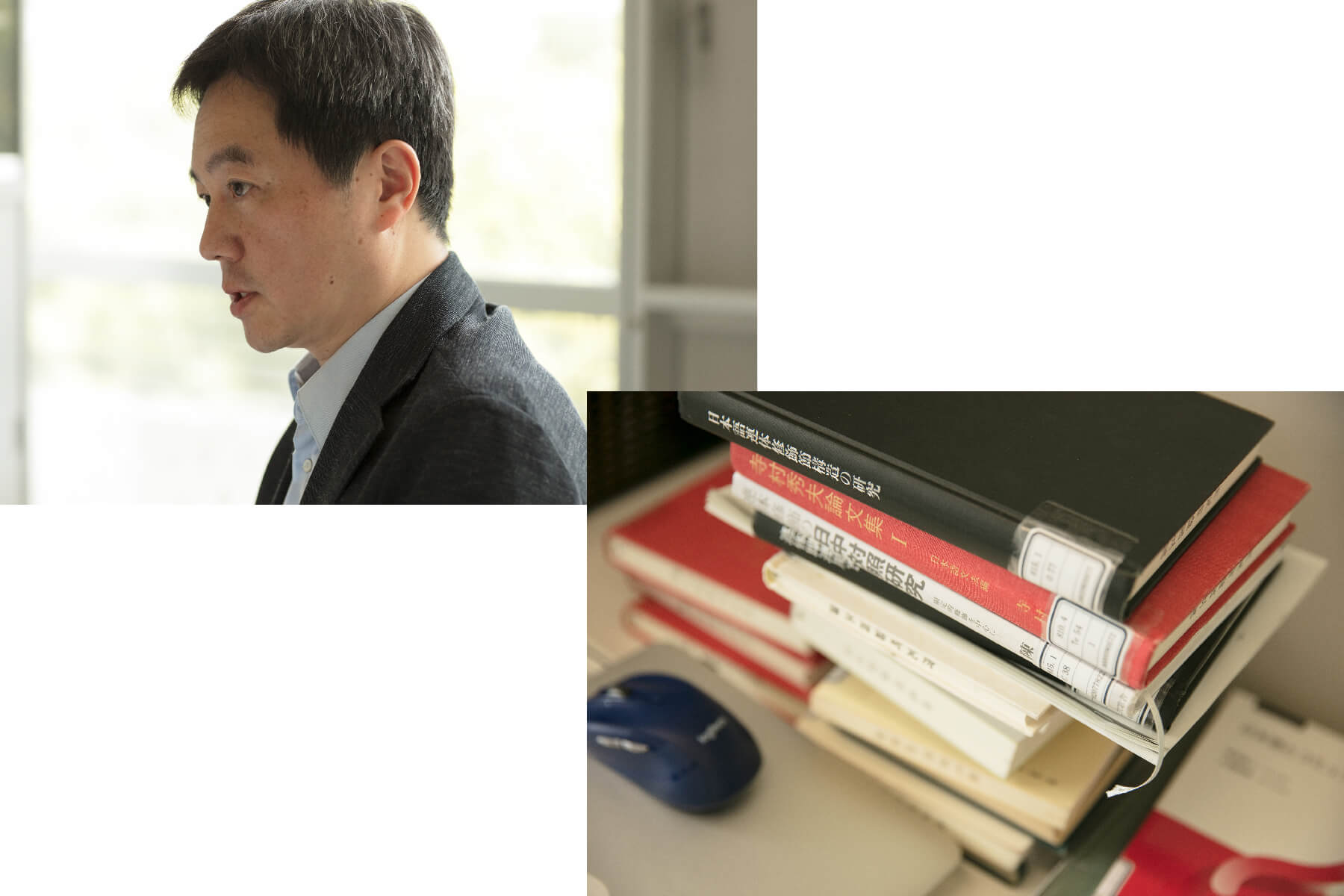
When you refer to “command” as your theme, you are speaking of the ability to manipulate Japanese, right?
That’s right. Within general Japanese-language research there is the concept of studying language in itself. However, a somewhat different viewpoint is necessary when teaching Japanese to people who have absolutely no knowledge of the language; in other words, to people who have no command of it. Some people may think of grammar for the purpose of understanding Japanese and grammar for the purpose of production separately. In contrast, I want to consider Japanese more broadly and therefore used the word “command” for my theme.
I have the experience of learning Japanese from scratch and the experience of teaching students who have no knowledge of Japanese in university. This feeling is something that researchers who are native speakers of Japanese do not know. I think it is an aspect that can contribute not only to Japanese-language education in Taiwan but also to future research on Japanese pedagogical grammar.
How specifically do you intend to apply the results of your research in Japan?
First, I will give more substance to the concept of “linguistic knowledge for command” that I identified in my research. Then I must apply the ways of thinking I gained in my research to future Japanese-language education in Taiwan. My job for the next decade or so will be to figure out how to advance my research and actually reflect it in education.
How was your research environment in Japan?
It was my hope to go to the National Institute for Japanese Language and Linguistics (hereinafter “NINJAL”), which is the organization of one of the people advocating Japanese pedagogical grammar, Professor Hisashi Noda. When I was sensing the mismatch that I mentioned earlier while teaching Japanese in Taiwan, I read a paper on Japanese-language education by Professor Noda, and what he wrote soaked right into my head. It became an indispensable part of my research.
NINJAL is near Hitotsubashi University, which is where Professor Isao Iori works. Like Professor Noda, Professor Iori is working to realize Japanese pedagogical grammar. Since September, when I was invited to Japan, I have participated in Professor Iori’s seminar. I also joined the Hitotsubashi Association for Japanese Language Education. Moreover, I was given an opportunity to present my personal views on Japanese pedagogical grammar in the form of a lecture that I gave in April.
I also learned something of the current state of Japanese-related research by regularly participating in research report presentations and lectures at NINJAL. Considering all of these points, I don’t think I could have asked for a better environment for my research.
One more thing: My research at NINJAL produced an unexpected result. That is, I was able to gain some familiarity with how national government-level organizations operate. NINJAL thinks about what can be done for the Japanese language and, further, for the Japanese nation. It was very exciting to learn about this kind of mission and role, research organizations, research challenges, and methods for executing research projects in various research fields.
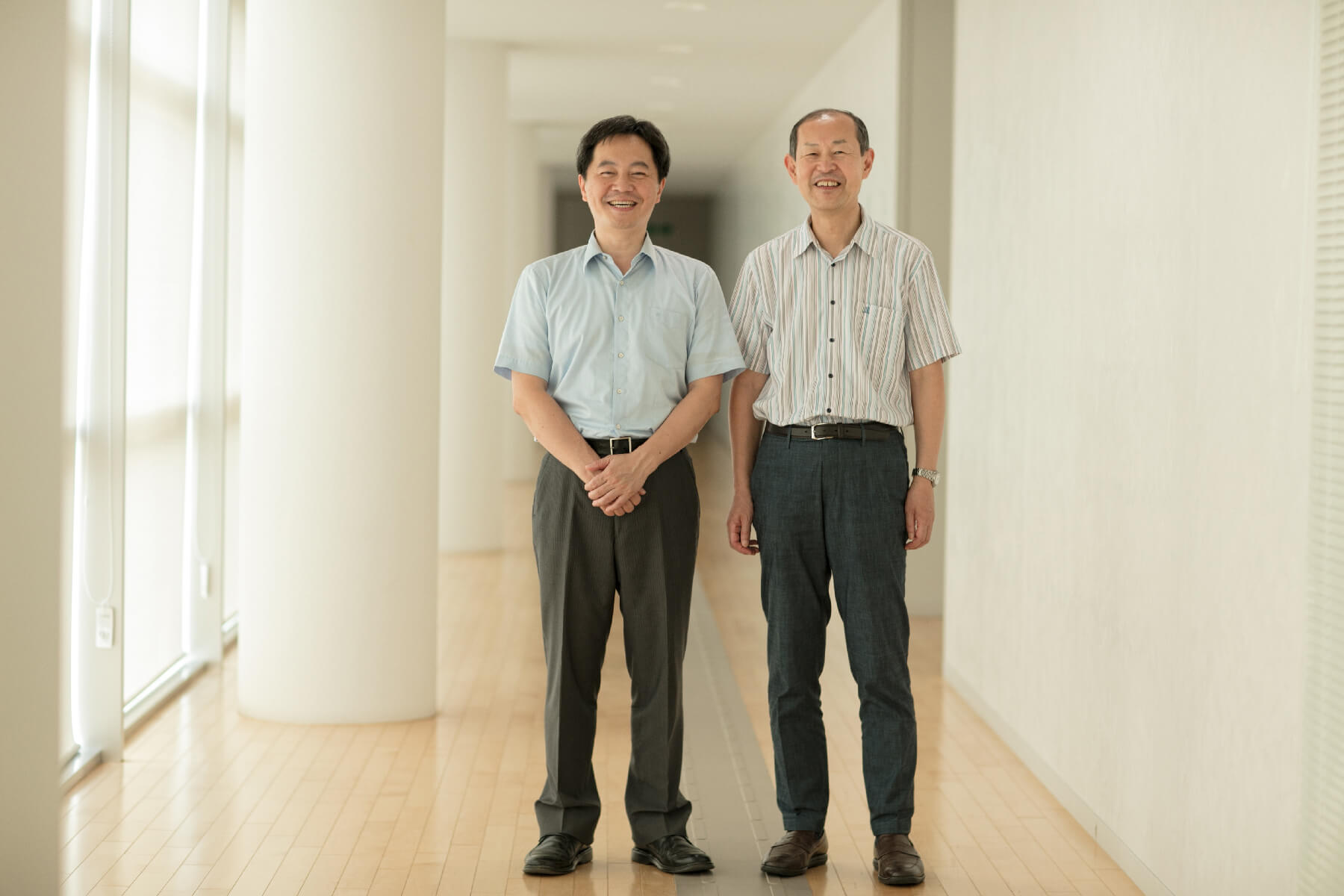
Professor Shihho Wang speaks about his respected research mentor Professor Hisashi Noda of the Japanese National Institute for Japanese Language and Linguistics, who is proposing a new Japanese educational grammar that emphasizes communication. In particular, Professor Wang was deeply impressed by Professor Noda’s assertion that “This research requires the accumulation of hundreds and thousands of research papers.” “We will face many difficulties in establishing a new educational grammar,” Professor Wang told us, “so we will need cooperation from many people. Professor Noda is building the foundation for this right now. I intend to continue my research so I can help him with this process as much as I can.”
Daily life in Japan: A series of shocking experiences
Did you make any other new discoveries while living in Japan?
I had previously lived in Japan as an international student for eight years. Afterwards, I visited various parts of Japan each year and interacted with instructors in Japan. I therefore thought that I had a pretty good understanding of Japan. Even so, my time here brought one shock after another.
One was the “segmentation” taking place in Japanese society. I saw segmentation in all areas, including work arrangements, product types, and topical classifications.
To give a simple example, well, let’s see… During my stay in Japan, I liked the restaurant chain Otoya and often ate there. But looking just at rice, Otoya lets you choose from five different kinds of rice, such as white rice and mixed with grains. You can also choose the amount of rice you want, such as a larger or smaller serving—so for just rice, you have a selection of 15 different types of helping! That’s unbelievable. (Laughs).
When I wanted to use the Internet in my home, I had to first choose an Internet connection and then pick a company from several providers. When I was finally somehow able to make a choice, I was then confronted with plans and options. This was just to connect the Internet to my house!
I rented my room from UR during my stay. But UR told me that I would be unable to move into my room until about a month after applying for it. This was even though I had checked on the Internet beforehand, knew that the room was vacant, and had decided to rent it. So why should it take a month? It is because there are steps numbered 1 to 6, and each step takes between five days and a week. If you look at each step, you can see that there are good reasons for this. (Laughs).
I have other examples, too. When I bought something on the Internet, I received a total of nine e-mails, starting with “we have received your order” and including “we have just shipped your order,” “your order has arrived at such-and-such place,” and “the order has been received by the customer.” I even had to select the speed that I walk on my train app! (Laughs).
I think that, in terms of research, we can gain many new results from a segmentalized culture. Moreover, with segmentation, various business opportunities come into view. However, I was also concerned that this could lead to long working hours as things become more complex and less efficient. At any rate, this is a very interesting subject in terms of understanding Japanese society.
Segmentation! Now that’s interesting. Indeed, this may be a significant characteristic of Japan these days. Now, finally, do you have a message or some advice from your year of research that you want to give to the next invitees?
I think everyone will be the same as me. When they actually come to Japan and conduct their research, they will sense gaps from time to time. There are differences between Japanese culture and their own cultures, and there are differences in the ways research is conducted and in analytical methods.
One thing that I felt strongly this time was that I cannot simply take what I learned in Japan back to Taiwan. When I was young, and when I was a student, it was enough to simply absorb knowledge. But now that I am a researcher, I can’t go back without some kind of problem awareness. Ultimately, it is important to fuse two cultures and ways of thinking.
I think the same thing is true in the soccer and baseball worlds. A famous coach from abroad can come and push his own country’s way on his players, but he won’t succeed. Cultural and linguistic research is the same. I want everyone to remember how to fuse the good things, without losing sight of their own identity or rejecting the host culture. I believe it is important for them to think about how they will make use of what they learned for the benefit of their own country.
(Interview conducted in August 2018)



